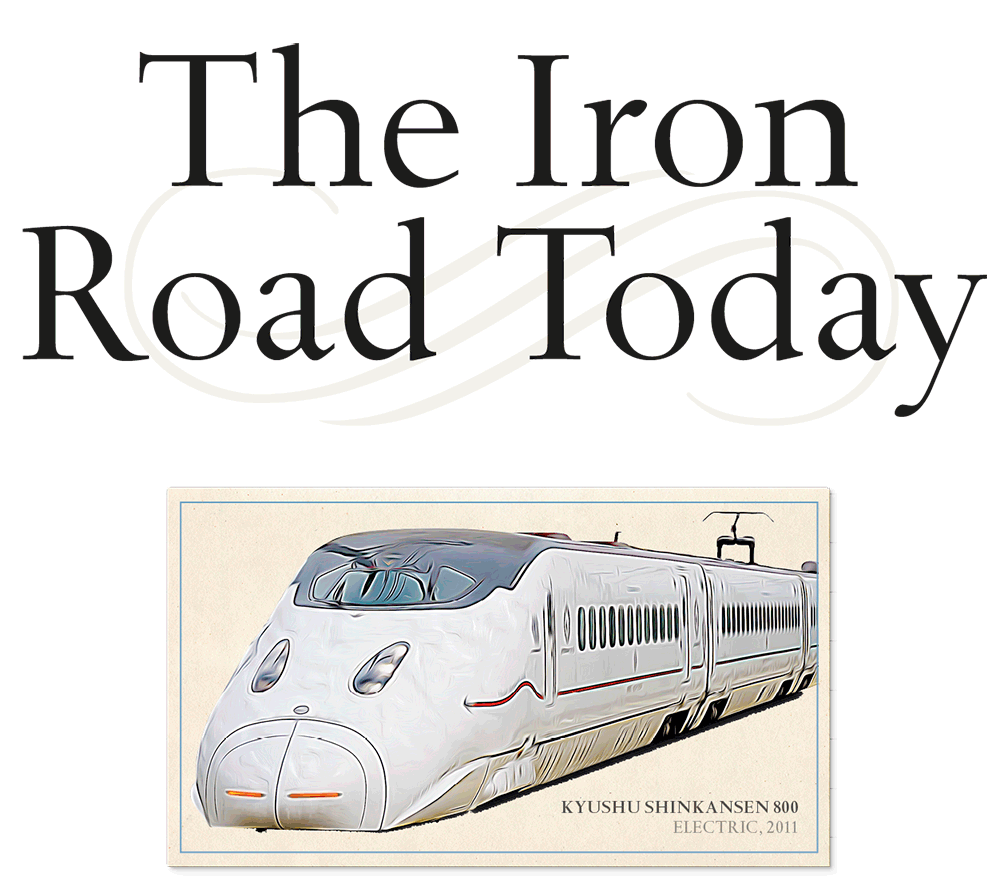
In the immediate postwar years the railroads suffered a period of decline. The car had become the preeminent form of passenger transportation, and the semitruck dominated the freight business. Highways were being built across the world, and they were intended to replace the railroads. The plane had also become affordable, and both international and domestic services were proliferating globally. Railroad closures were inevitable, starting with branch lines and rural tracks, then spreading to the main lines themselves. In the United States, the decline of passenger railroads was particularly swift, and for a while it seemed as if they would barely last into the 21st century.
Then everything changed. The oil crisis of the mid-1970s, together with congestion on the roads and environmental concerns regarding exhaust emissions, suddenly brought the train back into fashion. In Japan, high-speed “bullet” trains were introduced, which traveled faster than any car, and networks of similar lines were built in France and Germany, and later in China and Spain. Moreover, when the long-proposed 31-mile (50-km) Channel Tunnel linking France and Britain was finally given the go-ahead, it was built to carry trains because a railroad was the only practical way of traveling in such a long tunnel. Similarly, to relieve the pressure of congestion on Europe’s Alpine roads, a series of lengthy modern rail tunnels are now being built under the mountains. In 2006, China completed the highest railroad in the world—the Qinghai–Tibet line, which offers a far easier journey than the highly dangerous road—and is currently building the largest high-speed network in the world.
The railroads are therefore booming in the 21st century. Light rail systems, subways, high-speed lines, and newly electrified tracks are being built across the world. The 19th-century invention has found new friends in the 21st century and is enjoying a fantastic renaissance thanks to its ability to transport masses of people quickly and cheaply.